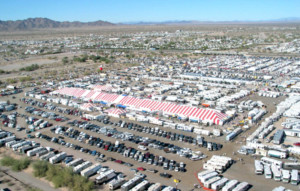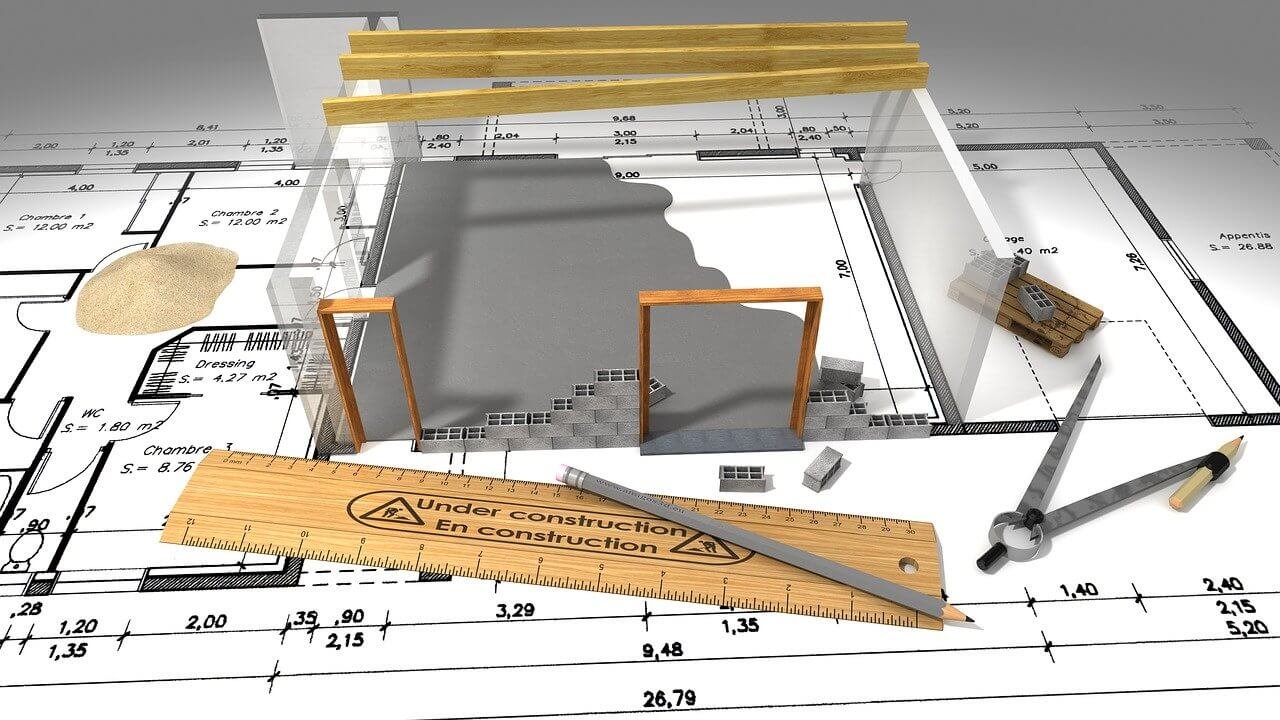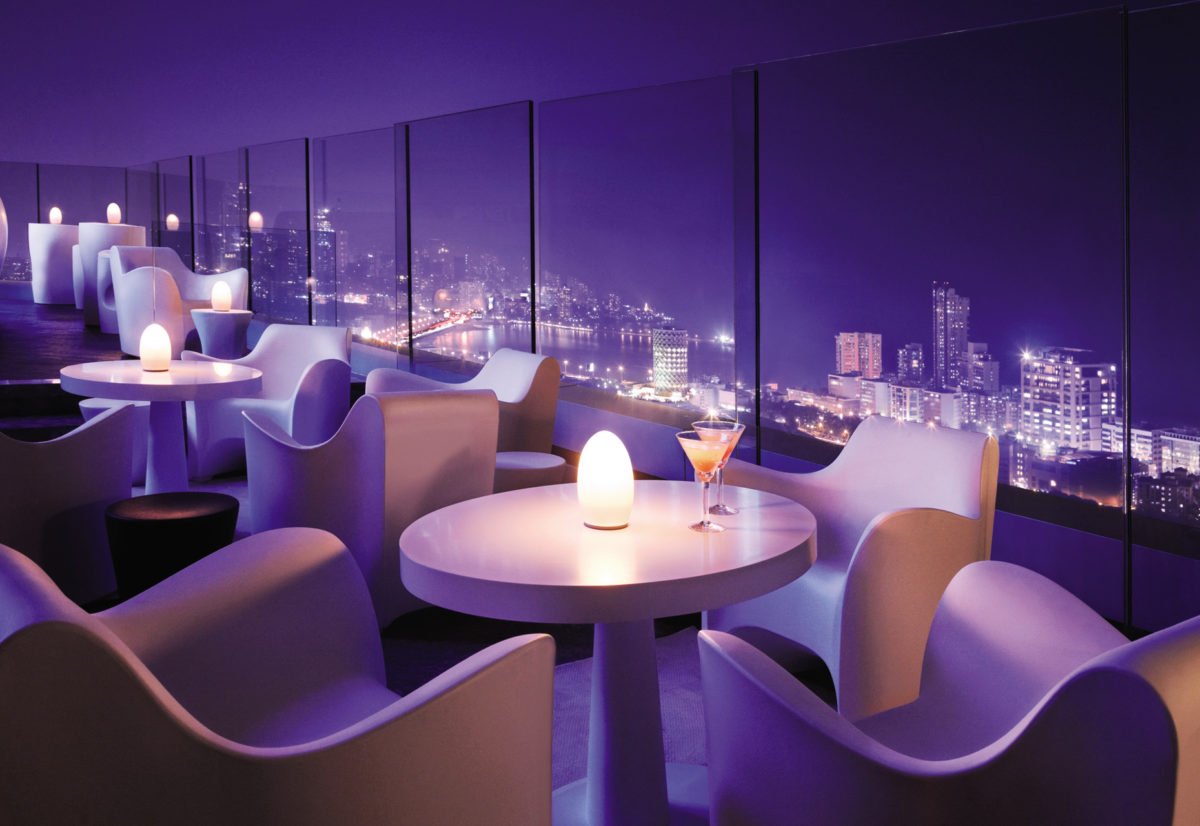The rise of temporary cities, a new urban trend?
Urban planning and Design, has operated traditionally for a long time. This design challenge enabled grand visions to be enacted over for the generations to come of the city’s life. Poor planning or limited foresight led to problems, mechanisms, and flexibility required to address the situations, not in place. Temporary cities are intended to be impermanent solutions for permanent features of urban life.

Similar to most of the professional training, strategies of urban planners, designers and architects have been three- dimensional, whereas, in reality, one needs to acknowledge the time in planning and design strategies. There has always been relatively analysis of the ‘short-term’ or ‘meanwhile’ activities in urban areas. In this era of increasing pressure on scarce resources, a long- term solution can’t wait for the vacancy. We have to view the temporary uses as increasingly legitimate and important in their own right.
The interest of getting to know among practitioners at the cutting edge of architecture, urban design and regeneration, in temporary ‘pop-up’ or ‘occasional’ uses for land and buildings in our urban areas is interesting. This challenges the preoccupation with long-term strategies and masterplans and questions the ability to achieve increasing resource constraints and political economy uncertainty. It also explores the origins and social, economic, and technological drivers behind this phenomenon.
Temporary uses in a Cultural Context:
- A positive force for change.
- Delights and inspires
- Challenges the parameters of the norm
- Political statement
- Act of hope
According to the ‘The Temporary City’, a new book by urban planner Peter Bishop and environmental scientist Lesley Williams outlines a greater appreciation for immediate outcomes and temporary activities among planners, architects and city officials.
Examples of Temporary Cities:
- For example, nearly 200 buildings of Chicago’s magnificent 1893 White city came and went within a few years of time. The continuing economic crisis has developed funding and increased unemployment, among young and educated.
- Pop-ups like Cambridge’s Newbury Street, or 10-day food truck park, with plants, furniture, and performance space bloomed in England.
- London’s Camden Lock Market was a temporary cart store and retail outlets in and around the vacant warehouses, making it one of the most popular neighborhood, helping in rejuvenating the area.
- In Boxpark, London, sixty shipping containers have been turned into shops with three or five-year leases. The site has been called the world’s first temporary mall, existing in large part due to the open-mindedness of landowners.
- London based Tim Pyne Associates designed m-hotel, a stackable series od 500 square foot steel-framed living spaces for use on vacant sites for up to 10 years.

“There has been relatively little analysis of the importance of interim, short-term or ‘meanwhile’ activities in urban areas. In an era of increasing pressure on scarce resources, we cannot wait for long-term solutions to vacancy or dereliction. Instead, we need to view temporary uses as increasingly legitimate and important in their own right. They can be a powerful tool through which we can drip-feed initiatives for incremental change — as and when we have the resources — while being guided by a loose-fit vision.”
It’s time to take temporary thinking and designs seriously and make it a part of regular urban planning processes. The new initiatives and trends will enhance the vibrancy and life of cities and thus is important to express new visions about the movement.
To know more about Architecture Technology, Stay Tuned.
Previous Coverage:
- Green Building Trends: Passive House
- A.I. & Robots Revolutionizing the Construction Industry
- Towards Regenerative Development
- Augmented Reality Transforming Cities
- Coastal cities at the highest risks?
- Co-Living, A buzzword of 21st Century!



